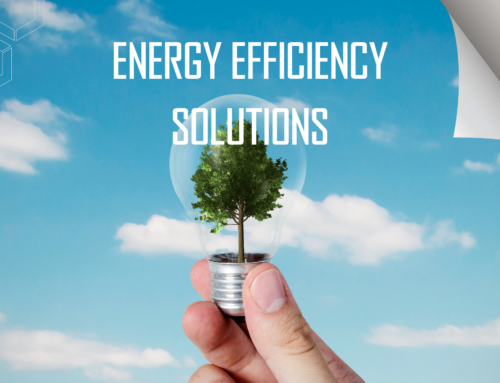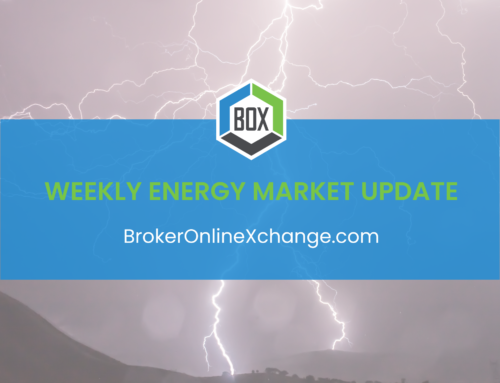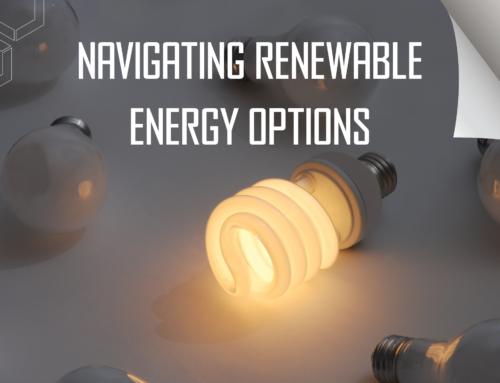In our earlier blog post, we looked more closely at demand response and how it can benefit your customers. But as an energy broker, there is one common hurdle you will have to get past when it comes to demand response.
Many customers, especially those in the manufacturing and industrial sectors, don’t think they can participate in these types of programs.
Objections to Demand Response
Most objections to demand response stem from a lack of understanding about what the program is and the true goal behind it.
There are several things you’ll want to help your customers understand:
- Demand response is not about completely shutting down all operations.
- There is no large time commitment; these programs are usually only activated for about an hour each year. And participants may receive up to a week’s notice.
- Customers that sign up are paid based on their effort alone. If they are notified of an event but are unable to participate for some reason, there is no penalty.
- There are simple ways to reduce their load and often, these are things they would normally do anyway, like raising the temperature a few degrees.
5 Reduction Strategies for Businesses
One of the best ways you can help your customers be successful with demand response is by showing them easy ways they can participate. Let’s look at five simple ways customers can reduce their load and make money with demand response:
1. HVAC
This is often one of the most overlooked strategies. About 10-15 before the start of an event, businesses can either turn off their HVAC units completely or raise the temperature as higher as 80 degrees. But even raising the temperature two or three degrees can make a difference.
2. Lighting
In large facilities, there are likely many unoccupied areas and spaces that have sufficient natural lighting. Businesses can shut off the lighting in all unoccupied areas or just turn down the lighting when this isn’t possible.
3. Elevators
If there is more than one elevator in the facility, businesses can take one or more elevators offline. Of course, they should make sure this meets all building and safety codes.
4. Miscellaneous equipment
Most businesses are probably unaware of how much miscellaneous equipment is plugged in throughout their facility. This includes things like vending machines, photocopiers, and more. Miscellaneous equipment can be turned off and unplugged when it’s appropriate.
5. Generators
If there is a generator available for use, it should be engaged 10 minutes before the event start time and kept operating 10 minutes after the event end time.
Conclusion
Demand response is never about telling the customer how much they should reduce their load. It’s about finding ways they might not have thought of so they can participate and earn more with this program.
When your customers participate in demand response it not only benefits them, it also benefits you as their broker. Depending upon the agreement you made with the supplier, at the end of the season, you will be paid for your customer’s efforts.
To learn more about demand response, feel free to check out our July webinar. And contact us to learn more about the benefits of partnering with BOX.







